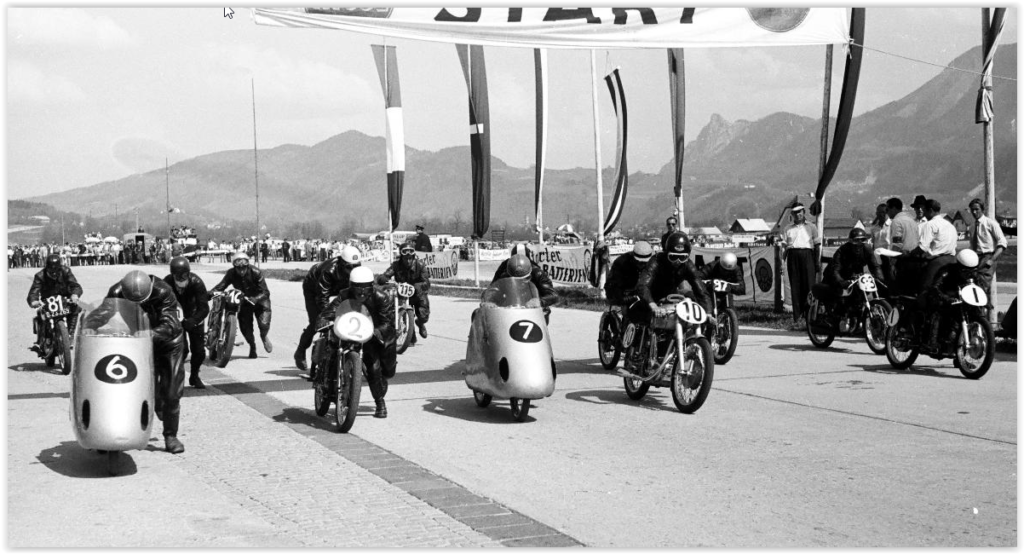
1955: The year after the first international successes
After the first years at IFA from 1951 onwards, Horst Fügner can speak of a clear breakthrough in terms of the 1954 season. This year, for the first time, the man from Chemnitz had really competitive equipment available. The first in-house construction of the “VEB Motorradwerk Zschopau” (VEB = Volkseigener Betrieb, IFA = Industrie-Verband Fahrzeugbau), which was created within just a few months under the greatest time pressure for the 1953 season, had become much more reliable in the second year. Fügner had clearly also developed his driving skills.
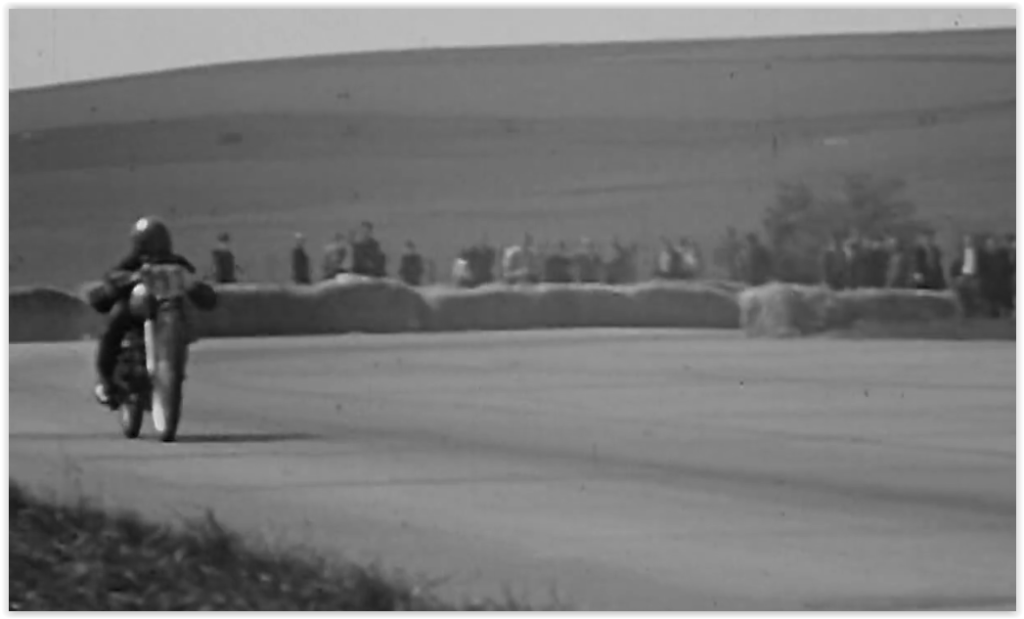
Unthinkable today – at over 30 years old, still one of the younger members of the team
Horst, born in March 1923, was just over 30 years old, together with Siggi Haas, one of the two youngsters. The other two teammates, Krumpholz and Petruschke, were already “old hands” and had already raced before the war, and now, born in 1912 and 1910, were already over 40 years old. Horst Fügner, on the other hand, was only at the beginning of a hopeful career and looked forward to the 1955 season with great hope after his first international successes the year before.

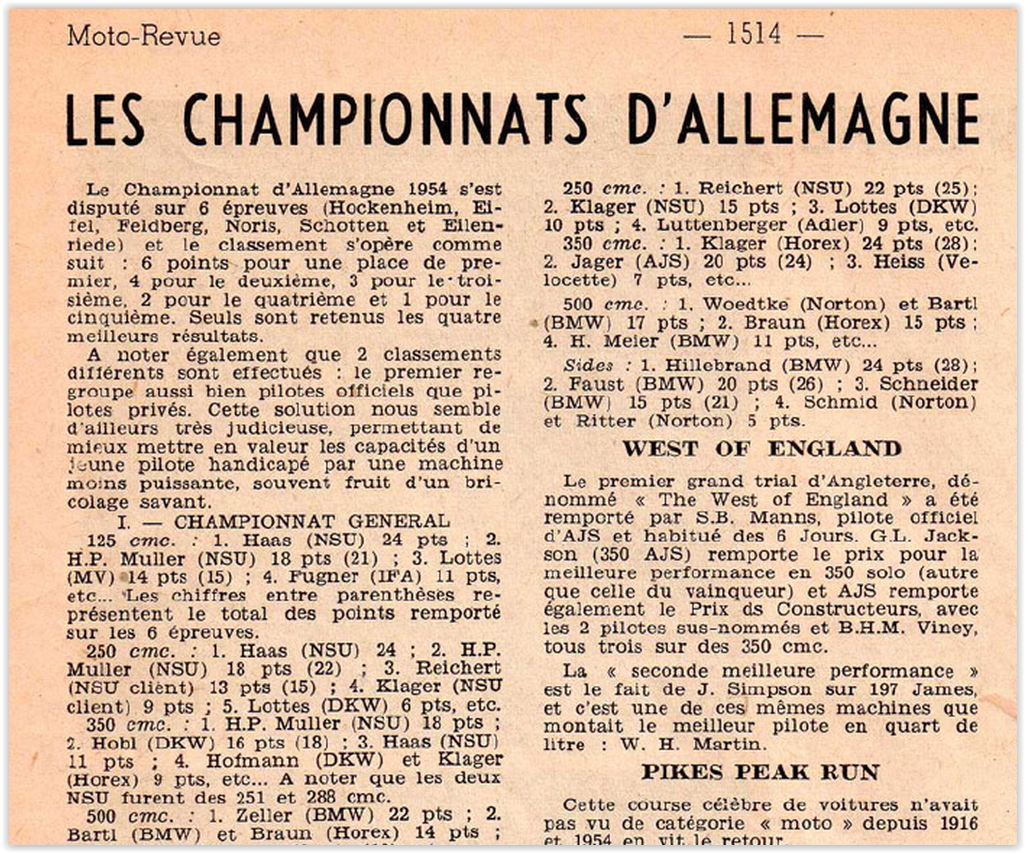
Beginning of the season 1955 – the year of confirmation
On May 29th, Horst Fügner’s good results from the previous year were confirmed early in the Saarland GP, an international race in Sankt Wendel.
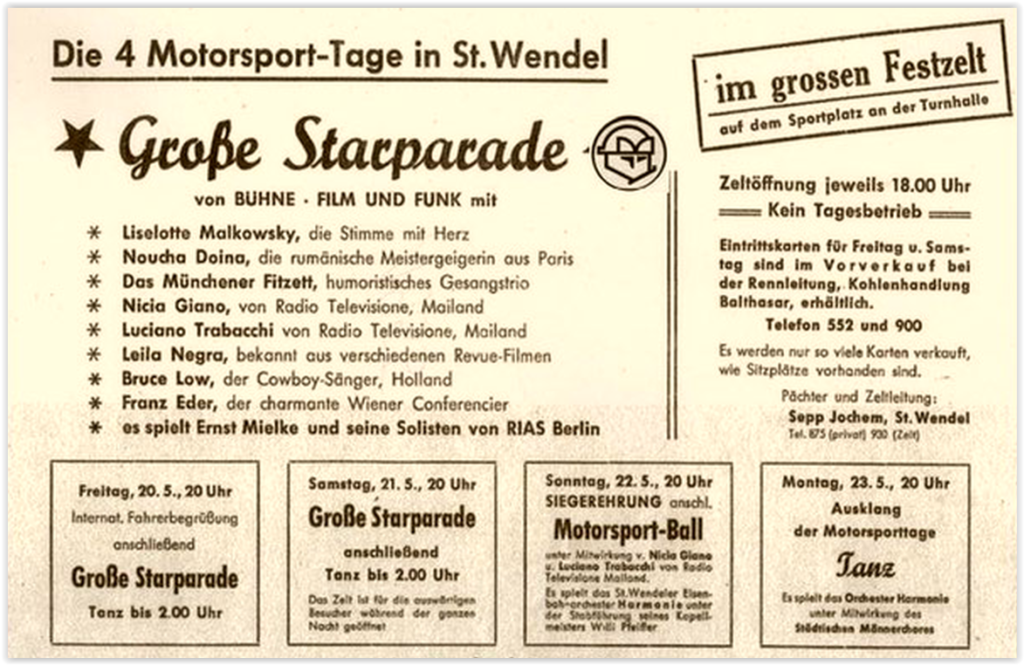

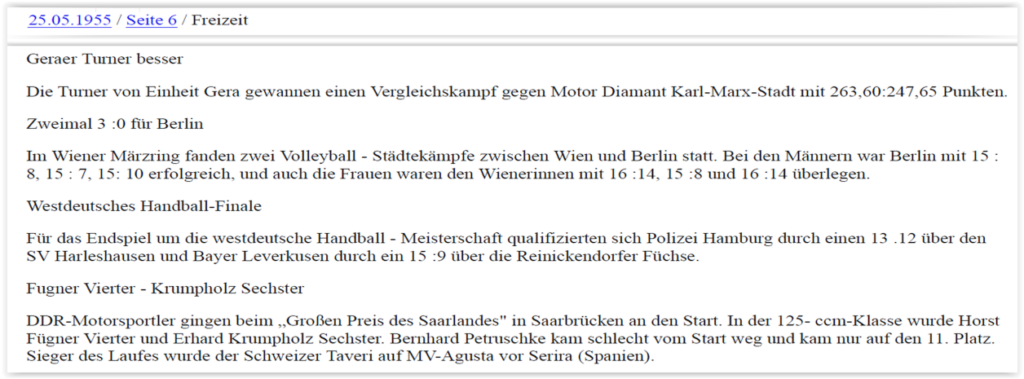
The masterpiece on the Nürburgring.
He won the 125cc race for the West German motorcycle championship and thus laid the foundation for his most successful season to date. The GP of Germany took place at the same location on June 26, 1955. According to contemporary witnesses, all hell broke loose on the Nürburgring that day. It is said that between 400 and 500 thousand spectators were present in the Eifel to admire the two-wheeled heroes on site.


Extremly important for self confidence of himself and his country
Even if it was not only his bike’s credit this time, but specially his strong ride, for IFA this race was historic. The two oldies Bernhard Petruschke with 5th place and Erhard Krumpholz with 6th place ensured the first World Cup points for the small team from the GDR. A sensational performance against the strong competition from MV Agusta and FB-Mondial.
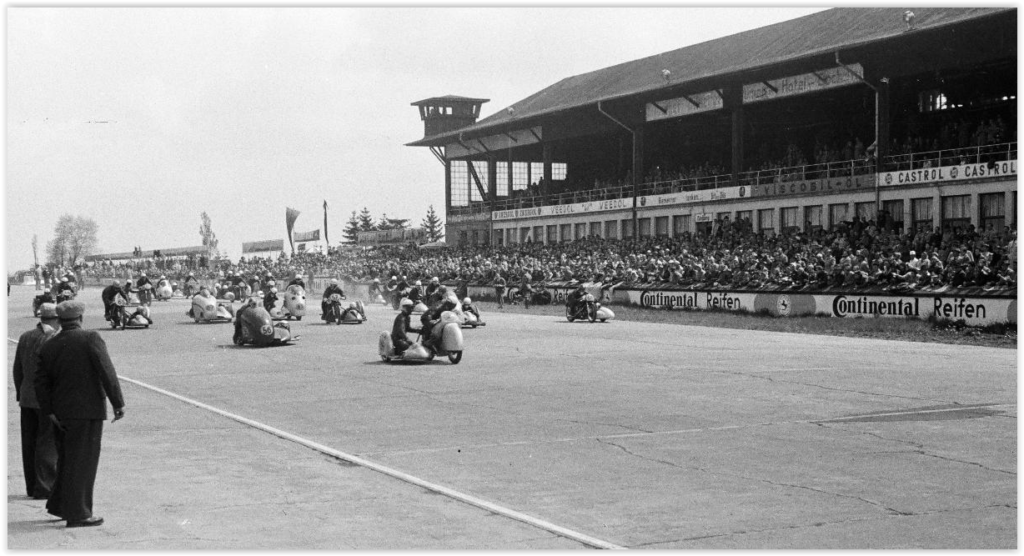


Special challenges for IFA
The greatest challenge for IFA during this time was the search for performance in the single-cylinder two-stroke engines used and, above all, the material quality of various components and the aerodynamics. In East Germany, good quality was in short supply in many areas, as well as many raw materials that were easily available in the West.

The tireless inventor Kaaden was a technical genius
Due to the increasing spread of the aids for better aerodynamics, which have been used more and more frequently since 1953, the GDR was also confronted with very special obstacles in this regard. Aluminum was hard to come by in the workers ‘and peasants’ state, and sheet steel problems quickly arose with vehicle weight. However, the ingenious engineer Walter Kaaden was constantly finding new ways to get more power out of the 125cc IFA engine. He was supposed to find methods that would impress all foreign competitors for years to come and face almost insoluble problems in copying. In the event of problems with the procurement of materials, the small group often used the opportunity to make international contacts in racing. During this time, people were still helping each other, which would be absolutely unimaginable today.
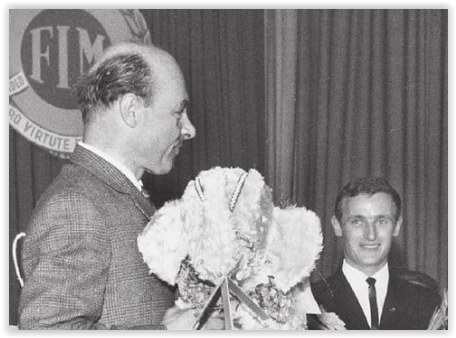
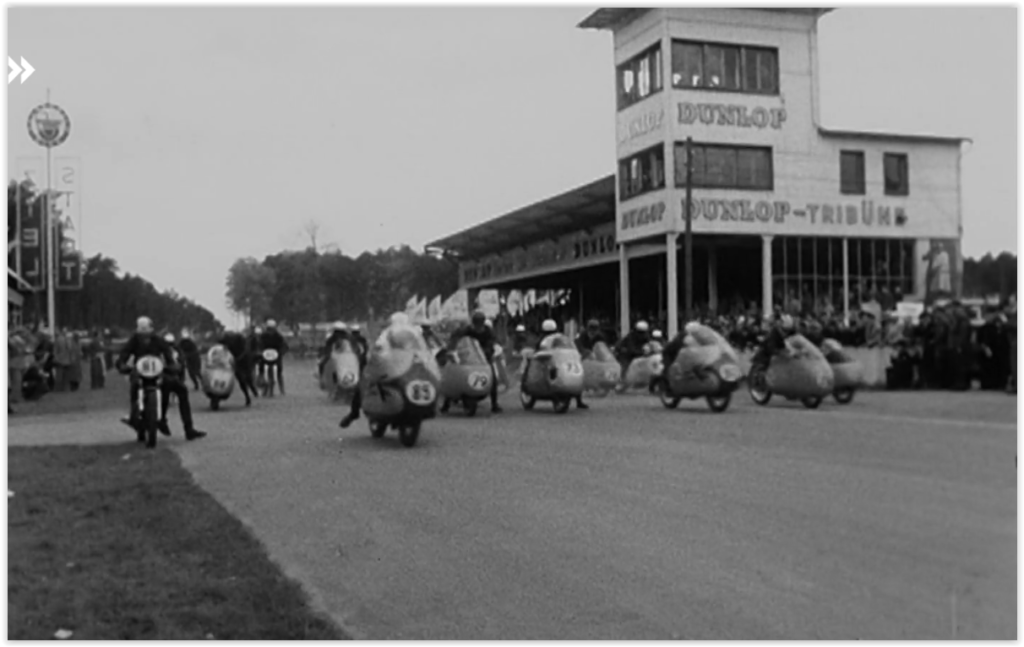
Horst Fügner’s strong motorsport summer
The man from Chemnitz would have remembered the summer of 1955 for the rest of his life. The series, which he put on from July 3rd, is still impressive today. Horst started with his victory at the Halle-Saale race, which confirmed his success from the previous year. Only a week later he triumphed on the Schottenring with the 125cc IFA. The street course between Fulda and Gießen was one of the oldest courses in Germany and was 16.08 kilometers (9.99 miles) long. Two years before that, the German GP had even taken place here.


The next one
Fügner’s series of victories did not end there. The third success followed on July 17th on the Schleizer Dreieck within 3 weeks. Horst rounded off the successful summer with three second places at the Solitude, the Norisring and the Sachsenring.

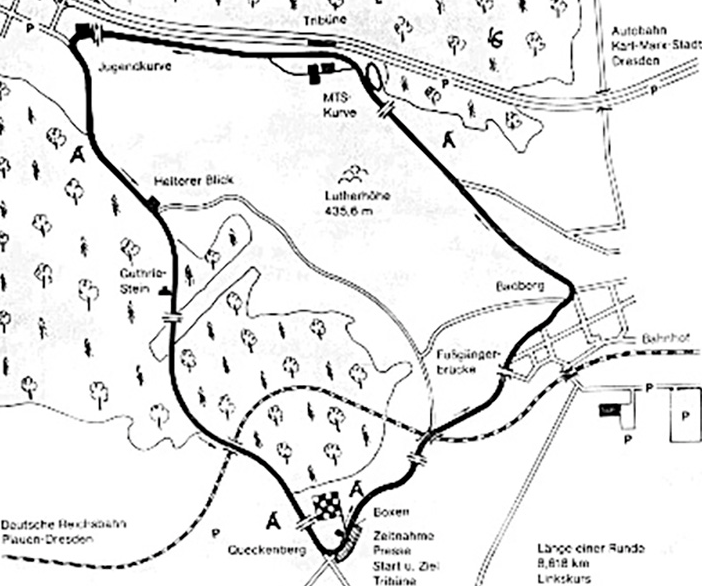




First title to the national champion and place of honor in West Germany
At the Eilenried race near Hanover, Fügner took second place on his 125cc IFA behind the two new DKWs from August Hobl and Karl Hofmann. It was the final race of the West German motorcycle championship. As a result, it was enough for Fügner to win the runner-up title behind Karl Lottes (MV Agusta). In addition, in 1955 he won his first title as GDR master in the 125cc class.

Doubtful honor from one of the greatest liars in history
As a result strong performance, he was awarded the title of “Master of Sports” and received a handshake from the GDR head of state Walter Ulbricht at the ceremony. A rather questionable honor from today’s point of view, but at that time it was one of the highest awards that Horst Fügner received in the workers ‘and peasants’ state. Undoubtedly one of the most important things from his team’s point of view was the runner-up title in the West German championship. Considering the much stronger competition than in our own country, a more than respectable performance from the driver and the team behind him.
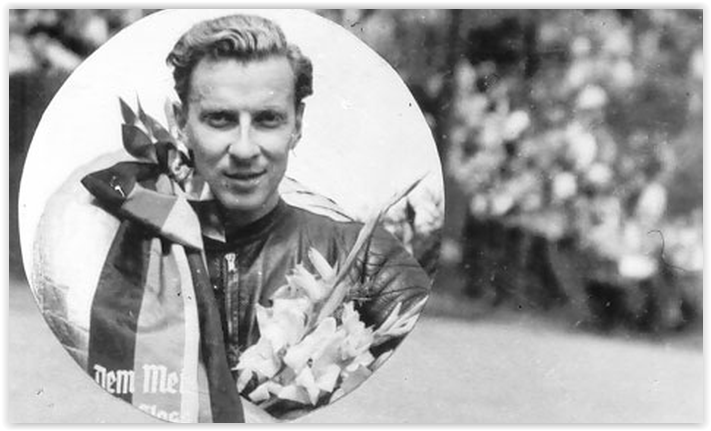
Part 4 of the Story about Horst Fügner coming soon..
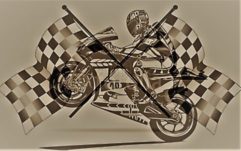
No Comments Yet